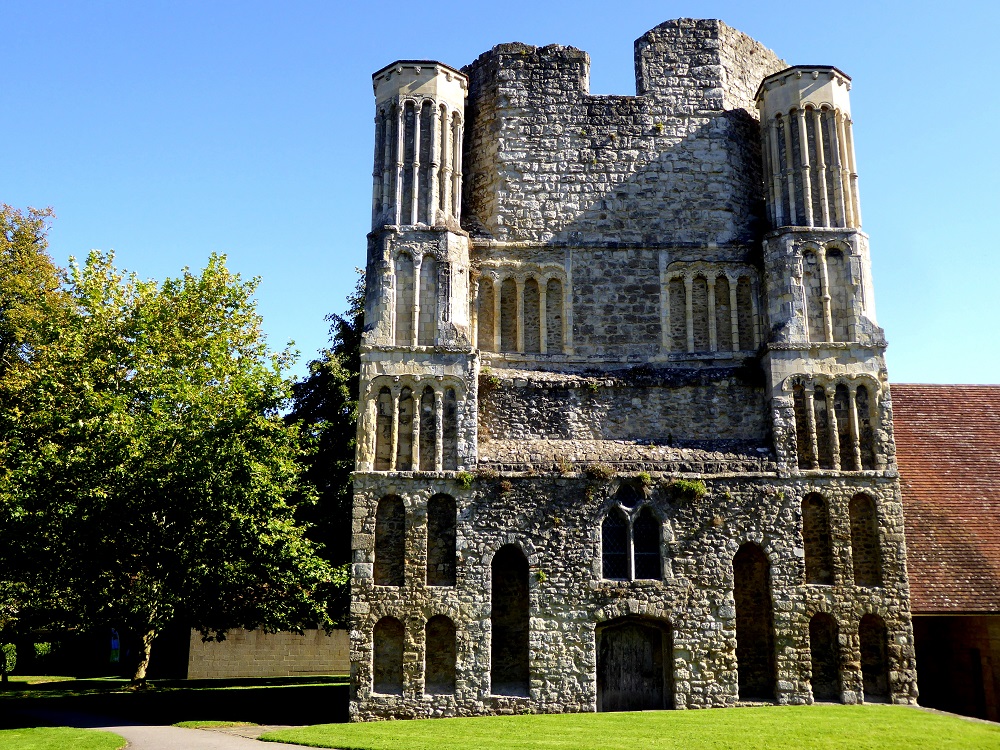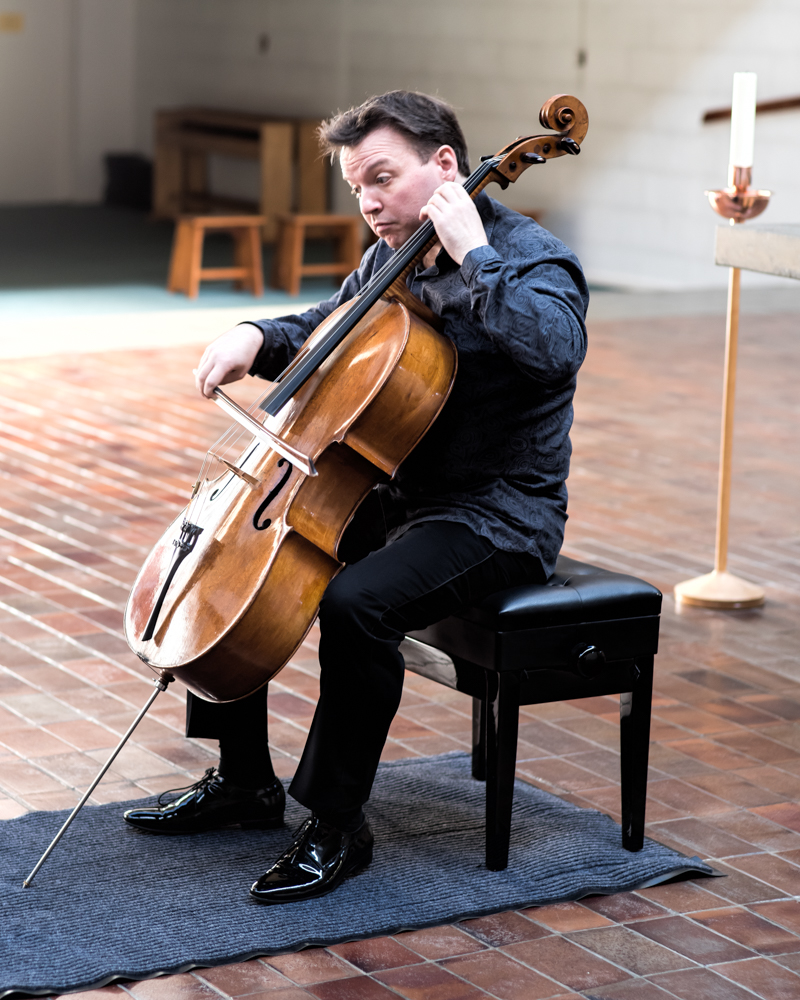Three “little greats,” as Opera North might put it, proved just the thing to cleanse the palate in a quiet place the afternoon after the LSO/Rattle Stravinsky trilogy. Composed following a breakdown in 1914, the year after the premiere of The Rite of Spring and only two years before his untimely death at the age of 43, Max Reger’s Cello Suites are not so much early neo-Baroque – Bach is the unescapable role model, unequivocally homaged in the first – as neo-everything, and even proto-Prokofiev in the second movement of No. 2. To hear them played with impassioned resonance in a religious space usually closed to the public was a huge privilege.
A word or two first about the convent church of Malling Abbey in Kent. Founded as a nunnery by Gundulf, Bishop of Rochester and the man also responsible for the Tower of London’s central glory, the abbey runis became, in the 18th century – as John Newman puts it in a Pevsner guide – “the sport of Frazer Honeywood, who built himself a house among and out of them”. Anglican Benedictine nuns returned in 1916, and a small community still keeps the place as a quiet retreat.
The space, lit by lunette and roof windows, is surprisingly large, and offers a surprisingly good acoustic, too. In it, Harwood's playing on his 1692 Francesco Rugeri cello – one of the first to survive as a designed rather than converted instrument – made such a huge impact that I could feel the resonance of the notes around the low Gs of the First Suite in the back of my wooden chair. Harwood went so wholeheartedly for emotional intensity that it would have been unfair to expect a pitch-perfect performance throughout; and Reger’s double-stopping demands are merciless.
 Nevertheless we got all the contrasts and the half-lights where necessary. As a sequence, you might expect the three suites to flank a minor-key centre with outer panels in the major. In fact, Reger’s distribution is half-bright, half-dark, with the middle D minor Suite equally divided between reflective first and third movements on the one hand, playful Gavotte and Gigue on the other. While the G major Suite is unremittingly robust, with a concluding Fugue that could – as Artistic Director of Music@Malling Thomas Kemp pointed out in a lively spoken introduction – have come from one of Beethoven’s “Razumovsky” Quartets, the concluding A minor specimen, despite an almost demonic scherzo played by Harwood with biting black humour, has a paler cast of thought. Clearly Reger is departing from his Bach model in an ambitious final set of variations.
Nevertheless we got all the contrasts and the half-lights where necessary. As a sequence, you might expect the three suites to flank a minor-key centre with outer panels in the major. In fact, Reger’s distribution is half-bright, half-dark, with the middle D minor Suite equally divided between reflective first and third movements on the one hand, playful Gavotte and Gigue on the other. While the G major Suite is unremittingly robust, with a concluding Fugue that could – as Artistic Director of Music@Malling Thomas Kemp pointed out in a lively spoken introduction – have come from one of Beethoven’s “Razumovsky” Quartets, the concluding A minor specimen, despite an almost demonic scherzo played by Harwood with biting black humour, has a paler cast of thought. Clearly Reger is departing from his Bach model in an ambitious final set of variations.
All this was absorbed in admirable silence by a rather remarkable audience, nuns included, and enthusiastically received. A clear indication that, though demanding of so much more than a meditative, prayerful attitude in church on a sunny autumn day, there’s nothing in Reger to frighten the horses. Next, please, at least two of the four sonatas for cello and piano. As for Bach at West Malling, the Abbey will also be playing host to soprano Kate Semmens and harpsichordist Steven Devine, as well as Thomas Bowes in three concerts of solo violin works. Time was when the religious order kept itself very much apart; how very enlightened that the nuns now welcome music and visitors in such a spirit of delight.














Add comment